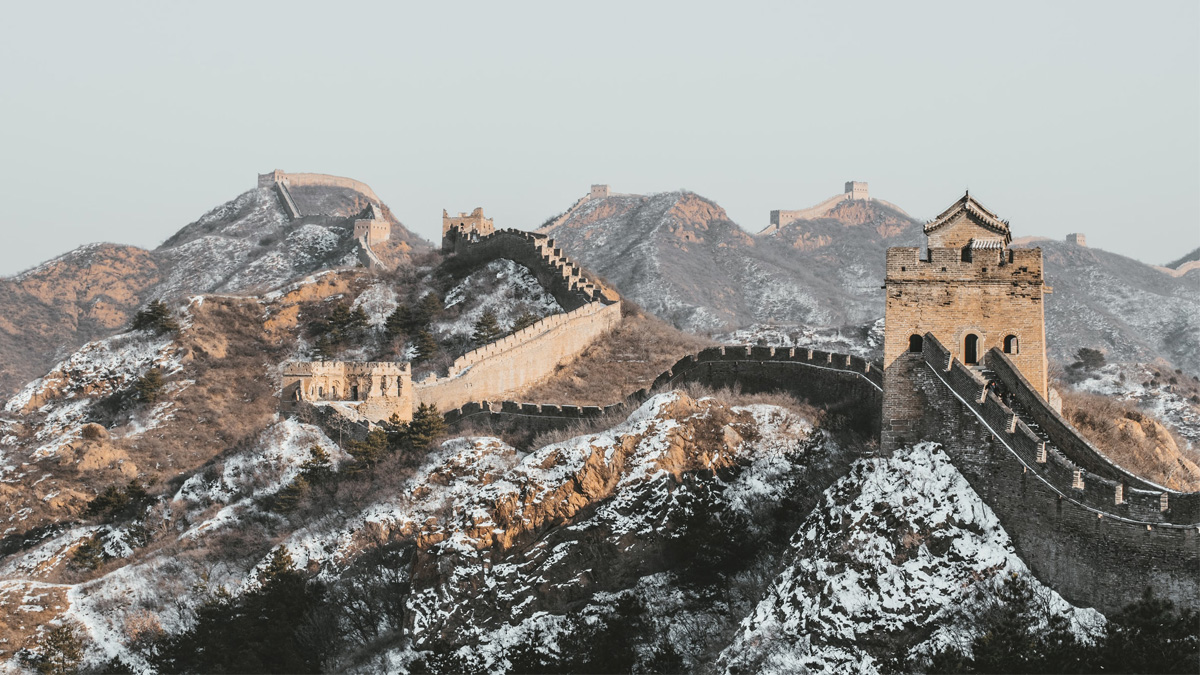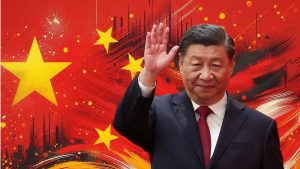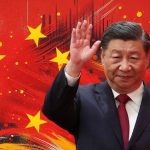
China’s is on the decline and how!

Two Chinese scholars, Zhou Wen of Fudan University and Mi Jun of Sichuan University have proposed the idea of building China’s second capital in Xinjiang (East Turkestan for the Uyghur), arguing that this is necessary to establish an economic balance between different regions of the country. While Bitter Winter (19 May 2023) says that this recommendation is based on a four-year government-funded study, it appears to be more like a desperate political gamble to resolve China’s relations with the Uyghur people of Xinjiang. Emperor Xi Jinping may just take up the idea, but he should recall that such historical practices have often ended up in disaster. The best illustration from the Indian sub-continent comes from the 1327 AD proposal of Mohammed bin Tughlaq to shift his capital from Delhi to Daulatabad (in present day Maharashtra). The move was a complete disaster and spelled the end of the Tughlaq dynasty! It appears that China is headed in the same direction.
The researchers correctly note that China’s rapid economic growth has been driven by the export-oriented manufacturing sector, which is concentrated mainly in coastal cities such as Shanghai, Guangzhou and Shenzhen says a report in South China Morning Post (30 April 2023). This has made China dependent on maritime trade for its economic growth, leaving it vulnerable to disruptions in global shipping routes or conflicts with other naval powers. They also point to the threat from natural disasters such as typhoons and rising sea levels, which could have an impact on China’s economy and social stability. The new study is the product of a major research project set up in 2019 and funded by the National Social Science Fund of China to assess the risks and opportunities from the Belt and Road Initiative. There have been similar proposals made in the past, mostly by individual academics and scholars, but the latest study appears to have the Communist Party of China’s (CPC) backing.
Such suggestions really indicate the complete failure of CPC policy towards Xinjiang. The idea is to bring Xinjiang, and by that logic, other parts of China, within the Great Wall! The basic objective is to reinforce the view that Xinjiang has always been a part of China. Bitter Winter notes that the CPC usually asserts that Uyghur separatists use the location of the Great Wall to falsely claim that “the Chinese have not ruled us throughout history”. The CPC goes on to claim that “on the contrary, they (Uyghur) have greatly benefited from being protected by us”. Some “hostile forces,” the CPC claims, use venomous sentences such as “Urumqi is closer to Tashkent than to Beijing.” Chinese propaganda has depicted the Uyghur as “the restless people in the westernmost part of China.” However, history and geography cannot be changed, and Xinjiang is more closely linked to Central Asia and Turkey than to the Middle Kingdom.
The article, published in the Chinese-language journal “Social Sciences in Xinjiang” on 21 April 2023, proposes that a second capital be built close to Urumqi, capital of the Xinjiang Uyghur Autonomous Region, or to Kashgar, one of the westernmost cities of China near the border with Afghanistan, Kyrgyzstan, Tajikistan and Pakistan. Why this desperate attempt by the CPC to get Xinjiang mainstreamed? This is so because the Chinese have used strike-hard tactics to subdue the Uyghur and have miserably failed. The incarceration of over one million Uyghur in re-education camps is just one of the horrifying experiences of the Uyghur people. In a generic sense, the Uyghur have been limited in their freedom of expression, speech, religion, and freedom to move around.
Since 2017, the CPC has additionally subjected those who were not detained to rigorous monitoring, religious restrictions, forced labor, and forcible sterilization. It has been regarded as “the largest incarceration of a minority group since the Holocaust”. A UN Human Rights Office assessment (August 2022) indicated “patterns of torture or other forms of cruel, inhuman, or degrading treatment” in the camps. The vast majority of those incarcerated in the camps were never charged and had no legal recourse to protest their confinement. According to a recent Human Rights Watch investigation, Chinese authorities have monitored the phones of the Uyghur for the presence of 50,000 known multi-media files that were used to flag what China views as extremism, with the mere possession of the Quran triggering a police interrogation.
The problem is that China is unwilling to recognize that the Uyghur are an ethnic minority (for that matter all minorities in China) and need to be respected for that. That is why the CPC has undertaken to “Sinicize” all minorities in China, interfering in their religions and cultural way of life. The Muslim majority Uyghur were tackled through immigration and family planning. Further, China tried to eliminate cultural differences through an artificial campaign against religious extremism and repressed the Uyghur will for independence through a ruthless anti-terrorism campaign. The Xinjiang government enacted a law in 2017 that prohibited “expressions of esterification” and placed restrictions upon dress and grooming, traditional Uyghur customs, and adherence to Islamic dietary laws (halal).
A US Congressional Research Service Report (6 January 2023) informs that thousands of mosques in Xinjiang have been closed, demolished, or “Sinicized,” whereby Islamic motifs and Arabic writings have been removed. The Xinjiang government also placed over a million Uyghur and other minority children in state-run boarding schools and banned the use of Uyghur language in instruction in all schools in Xinjiang. China insists the region was a “new frontier” (Xinjiang) for the Qing Dynasty but was not so for the earlier Han Dynasty. The Uyghur counter-claim is that in the last 2,000-years, Chinese and Uyghur have been together for no more than 200 years. As for visible ethnic differences, in recent years, inter-ethnic marriages have been “encouraged” by the CPC in the hope of eliminating them. The Uyghur have resisted this policy, and its success has been but limited.
China’s larger strategy has been to label action against the Uyghur as a “war on terrorism,” and mobilized all its internal and external resources accordingly. However, even after six years of what has been termed as ‘genocide’ by several experts and nations, China still feels unsure about its own “stability”. Is that why Chinese scholars have proposed the “second capital plan” in the expectation of the achieving the result? Although China has destroyed the lives of three million Uyghur in ‘re-education camps’, another fifteen million continue to be a threat for China and a scourge for the future. This is the sad reality of China’s policy towards the Uyghur minority in Xinjiang.












Comments